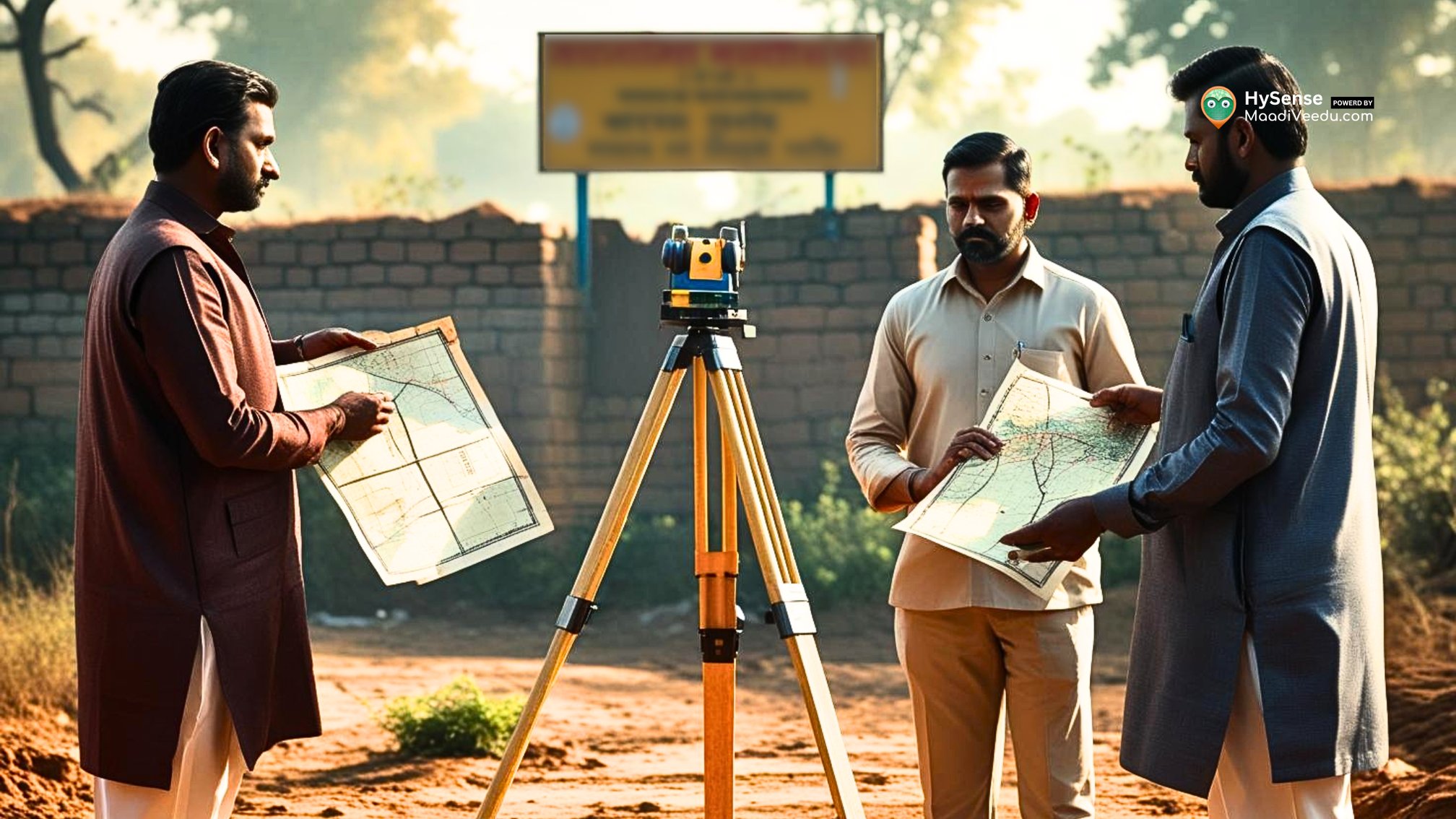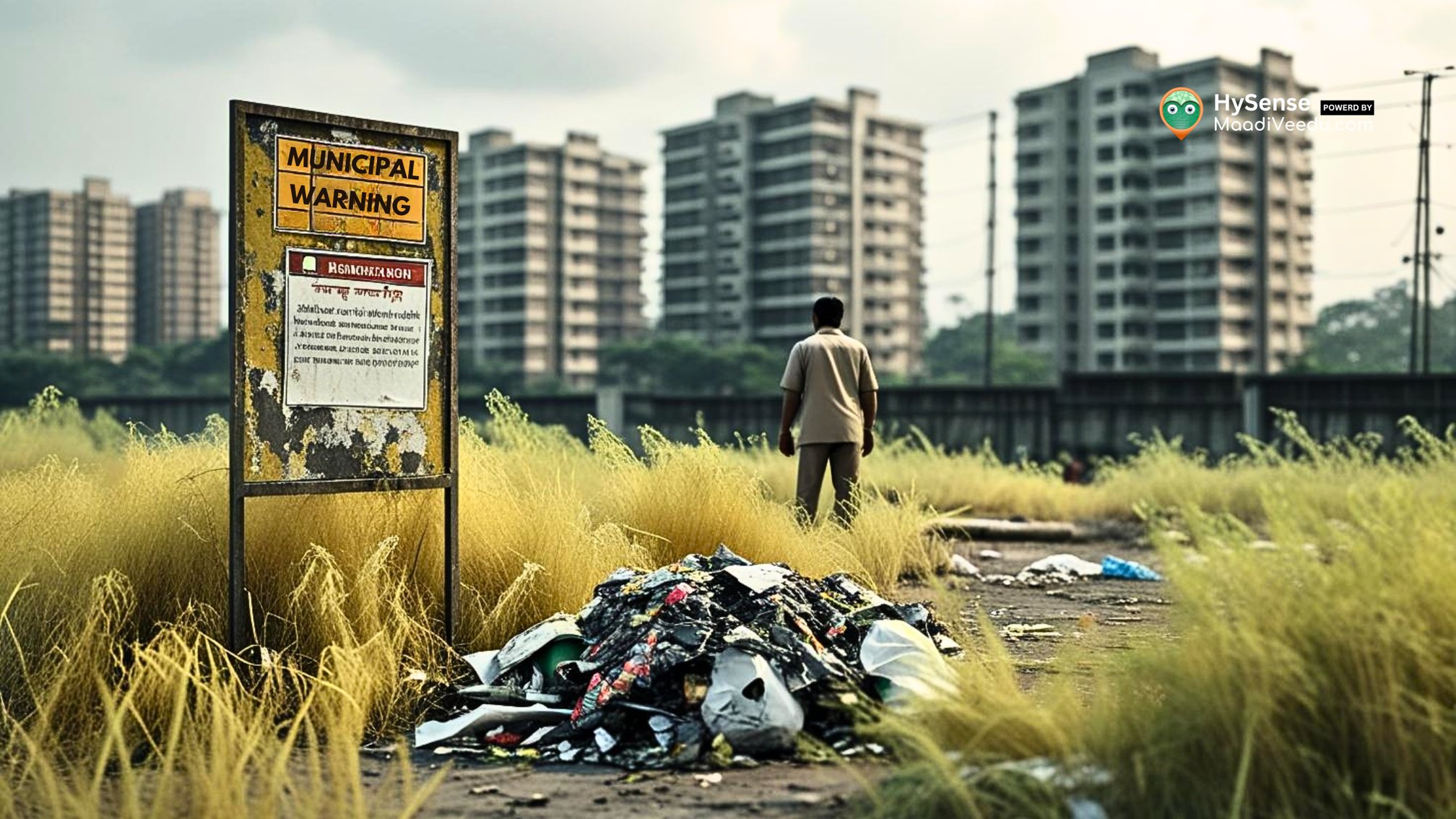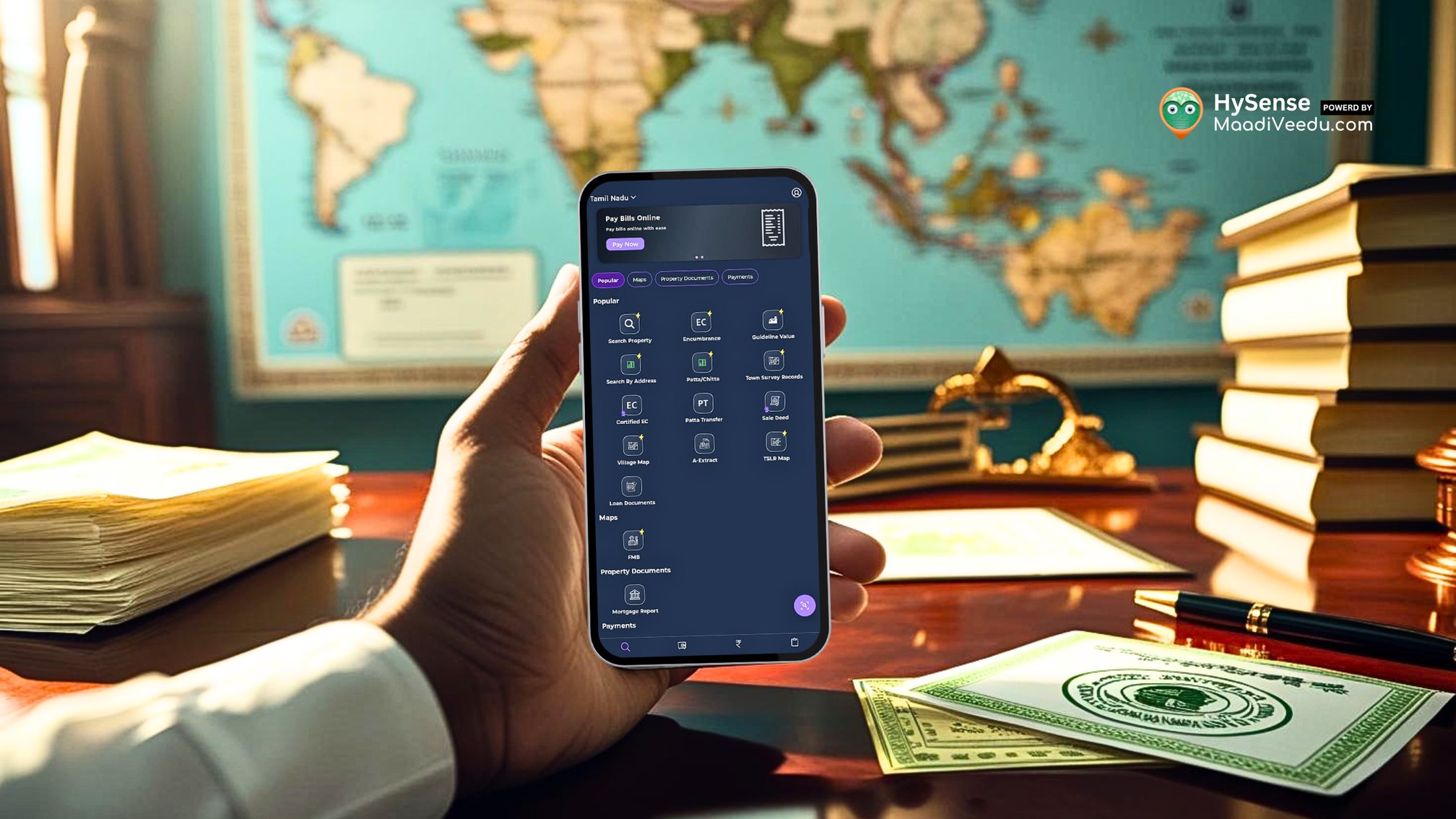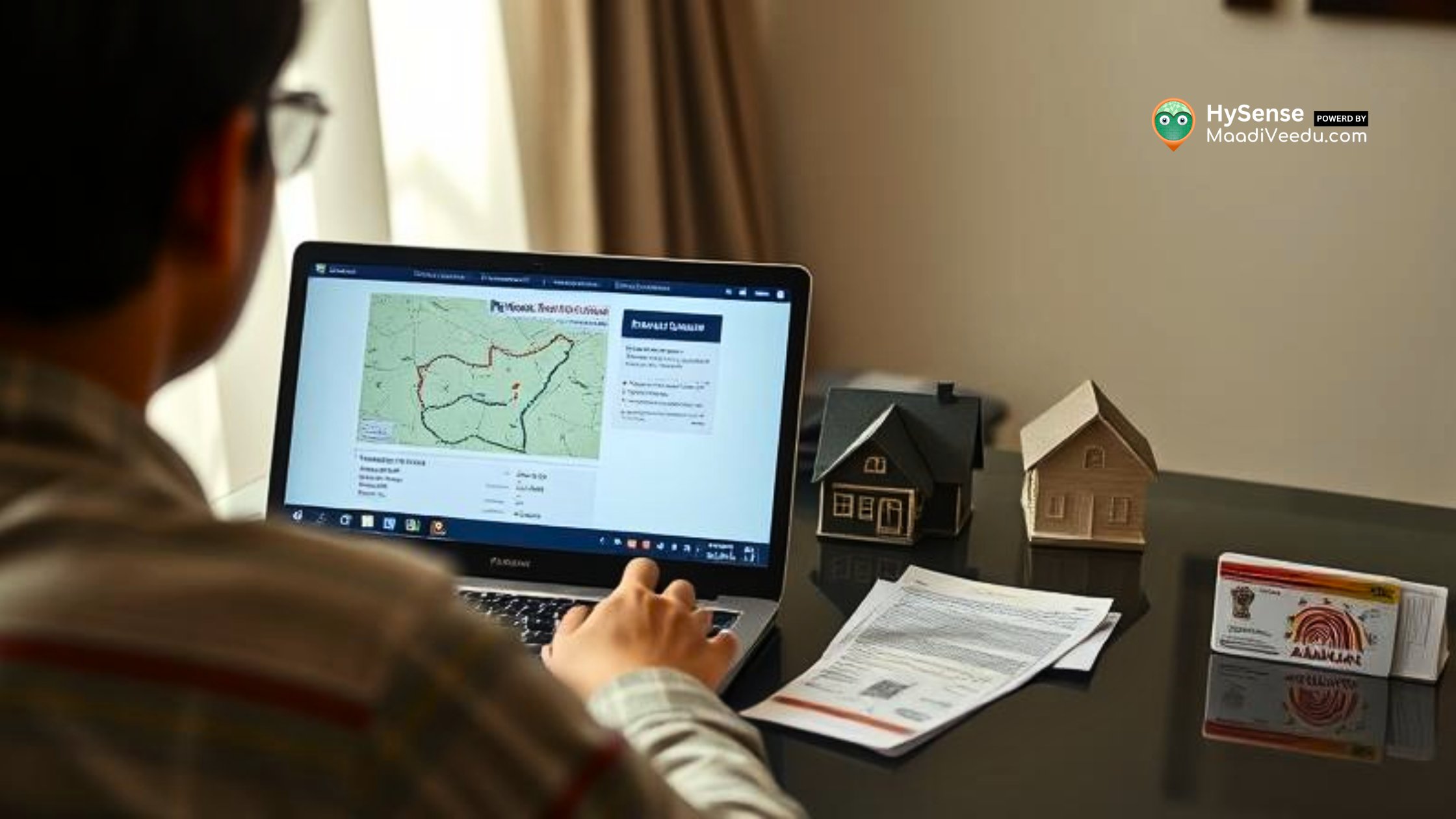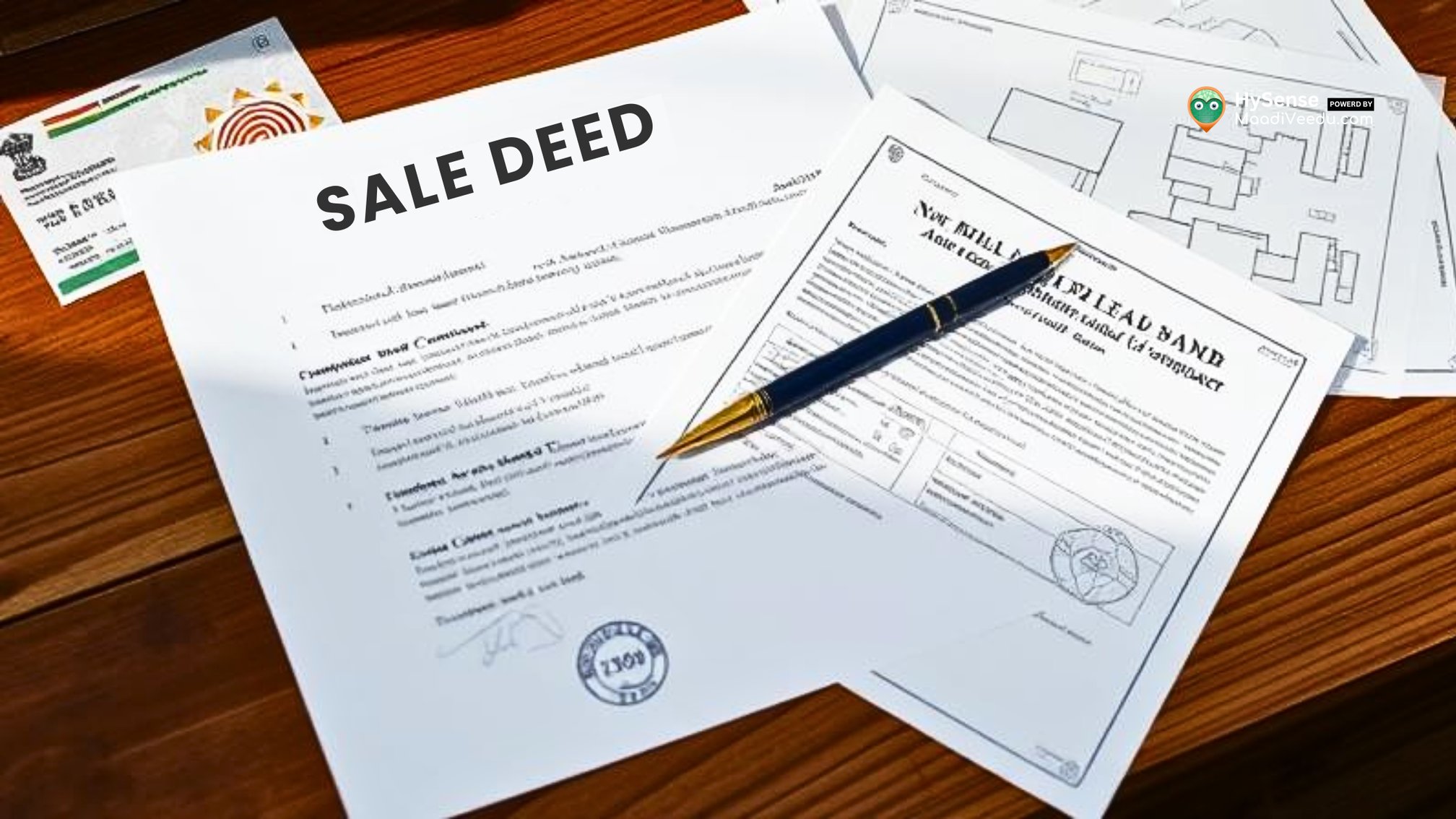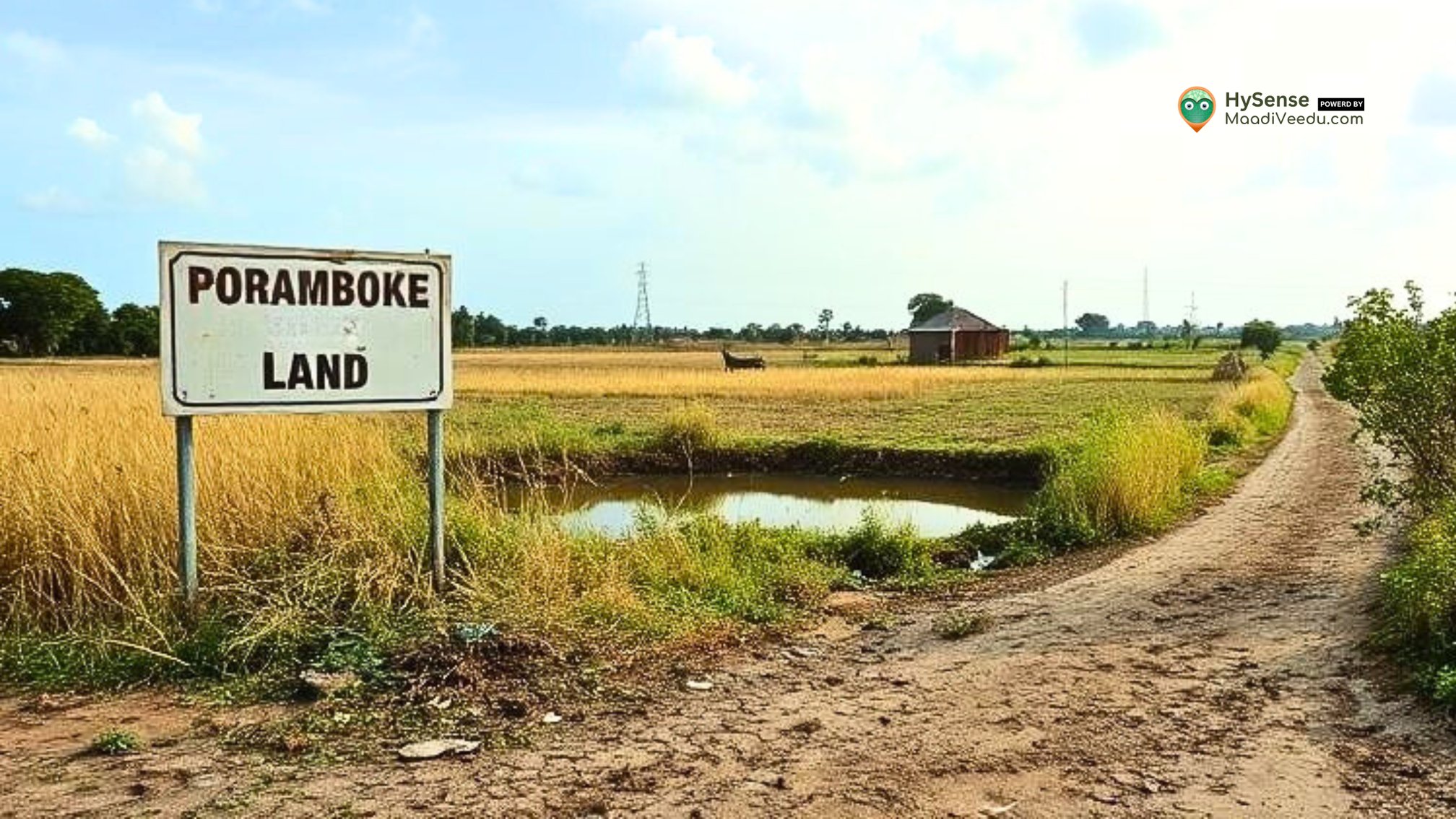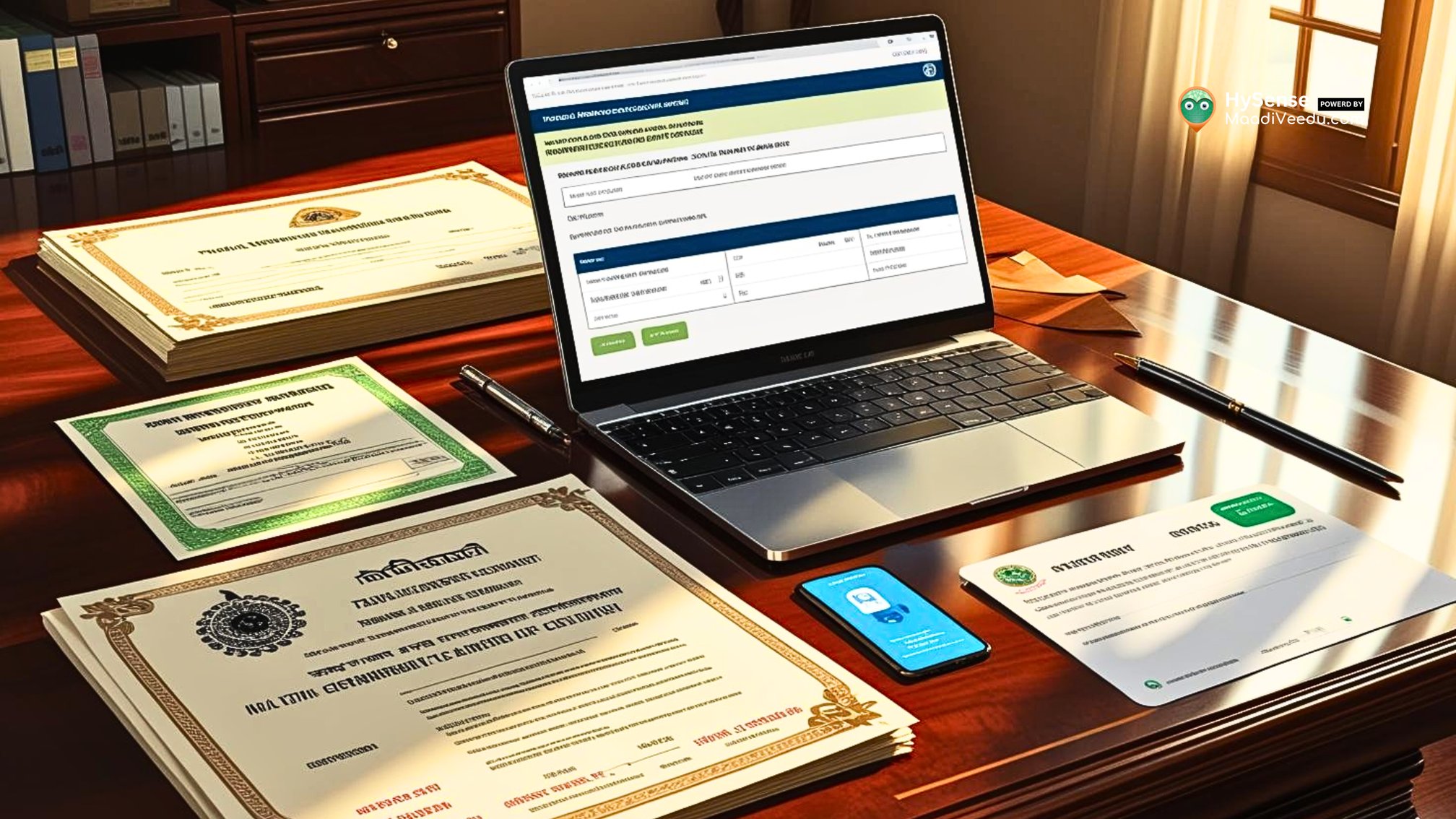How to Buy a Home on a Low Income: 7 Powerful Tips for Success
Learn how to buy a home with low income using affordable programs, budget-friendly strategies, and expert tips to make home-ownership possible on a tight budget.

Table of Contents
Buying a home on a limited income may feel like a distant dream, but it’s more achievable than most people think. Whether you’re earning a modest salary or supporting a family on a single income, owning a home is possible—if you plan carefully, use the right tools, and make informed decisions.
This guide breaks down real-life strategies, government schemes, and budget-smart methods to help you get started—even if your income is on the lower side.
✅ Looking for homes within your budget? Explore latest verified listings—updated to match different income levels.
Understand the Home Buying Journey (Step-by-Step)
Before jumping into the tips, it’s important to understand how buying a home actually works—especially if it's your first time:
Step 1: Review Your Income and Expenses
- Make a list of all your monthly income sources.
- Track fixed expenses (like rent, school fees, EMIs) and flexible ones (like groceries, fuel).
- This helps determine your maximum EMI capacity.
Step 2: Get Pre-Approved by a Bank or Housing Finance Company
- Pre-approval means the lender agrees to offer you a certain loan amount.
- This step helps you know what price range you can afford.
Step 3: Start Searching for Properties
- Focus on homes within your approved limit.
- Consider options like resale flats, compact 1BHK units, or outskirts of major cities.
Step 4: Final Steps – Offer, Inspection & Registration
- After choosing a property, make an offer, do legal checks, get the property inspected, and complete the registration.
Tip 1: Use Low-Income Buyer-Friendly Loan Schemes
Several home loan programs are specially designed for people with low income or limited savings:
👉 Pradhan Mantri Awas Yojana (PMAY)
- Offers subsidised interest rates (up to ₹2.67 lakh benefit).
- Available for first-time buyers from EWS, LIG, and MIG categories.
👉 CLSS – Credit Linked Subsidy Scheme
- Lower EMIs for families with income up to ₹18 lakh per year.
- Valid only for first-time homebuyers in urban areas.
👉 State Housing Boards
- Examples: Tamil Nadu Housing Board, DDA (Delhi), MHADA (Mumbai).
- Provides low-cost flats under schemes for lower and middle-income groups.
📌 Use this tool: [Home Loan Calculator] – Easily check how much EMI you’ll pay every month.
Tip 2: Find Help for Your Down Payment
For many low-income buyers, arranging the down payment is the biggest hurdle. But here’s how you can manage it:
- State Government Schemes – Many states offer upfront support (₹1–2 lakh) for eligible families.
- Employee Housing Assistance – Some government and private employers help employees with loans or benefits.
- Women Buyer Benefits – Stamp duty reductions and loan interest discounts for women buyers in several states.
✅ Want homes that qualify for these schemes? Check updated property listing page for affordable and scheme-eligible houses.
Tip 3: Choose the Right Type of Property
When your income is tight, your home choice should be realistic:
✔ Consider These Affordable Property Types:
- Resale Apartments – Lower cost than brand new flats.
- Bank Auction Properties – Can be 10–30% cheaper.
- Peripheral Areas – Places just outside city limits often cost less and are growing fast.
- Compact 1BHK Units – Easier to maintain and finance.
🧮 Use this tool: Unit Converter to switch between sqft, sqmt, and acres while comparing properties.
Tip 4: Compare Loan Types Carefully
Not every home loan is the same. Choose the one that fits your income best:
Real-life Example:
A buyer earning ₹30,000 per month can qualify for a ₹12–15 lakh loan under PMAY, provided other debts are low and there's a co-applicant.
💡 Pro Tip: Meet with 2–3 banks and compare offers before choosing. Private lenders, NBFCs, and cooperative banks all have different eligibility rules.
Tip 5: Use Other Financial Support Available
You may not need to do this all alone. Several organisations support low-income homebuyers:
- Habitat for Humanity – Helps build homes for families who contribute sweat equity.
- Local NGOs & Housing Trusts – Offer support for single parents, widows, and daily-wage earners.
- Women Self-Help Groups (SHGs) – In some regions, SHGs provide housing support for members.
🌍 Use this tool: Currency Converter – Handy if you receive support or remittance from abroad.
Tip 6: Strengthen Your Financial Health
Start preparing financially months in advance:
- Save ₹200–₹500 per month in a dedicated home fund (use RD or SIP).
- Pay your bills and EMIs on time – This boosts your credit score.
- Reduce other EMIs or loans – This improves your Debt-to-Income (DTI) ratio, making you eligible for better loans.
📊 Example: A person earning ₹25,000 with no other loans can afford an EMI of ₹8,000–₹9,000 per month, qualifying for a ₹10–12 lakh home loan.
Tip 7: Get Expert Guidance – Don’t Guess Alone
When money is tight, one wrong decision can cost you a lot. Take help:
- Real Estate Agents – Work with agents who handle affordable housing.
- Bank Loan Officers – They’ll help you understand what documents you need.
- Housing Counselors – Some NGOs and government services offer free sessions.
✅ Still hunting for a budget-friendly home? listings are updated weekly with reliable properties across price brackets.
Frequently Asked Questions (FAQs)
1: Can I buy a house with ₹20,000–₹30,000 monthly income?
Yes. Many buyers with modest salaries qualify under PMAY. You may need a co-applicant or a longer loan tenure.
2: What’s the minimum down payment I need?
Generally, 10–20% of the property value. But schemes like PMAY or state programs can reduce your initial payment.
3: Can I get a home loan with a low CIBIL score?
Yes, but options are limited. Focus on improving your score or apply with a co-applicant.
4: Are there any zero down payment options?
Some builder tie-ups or bank foreclosure properties allow 100% financing, but check terms carefully.
5: How long should I save before buying?
If you save ₹5,000 per month, you can collect ₹60,000 in a year—enough to cover processing fees, lawyer charges, and partial down payment.
Final Words: Your Dream Home is Closer Than You Think
Even with a limited income, owning a home is not out of reach. By making informed choices, tapping into government support, and using available tools smartly, you can build a secure future for yourself and your family.
🌟 Check our verified listings to explore affordable homes that fit your income and lifestyle.
Need help? Visit blog.maadiveedu.com for guides, tools, and real-time updates to make your homebuying journey easier.

